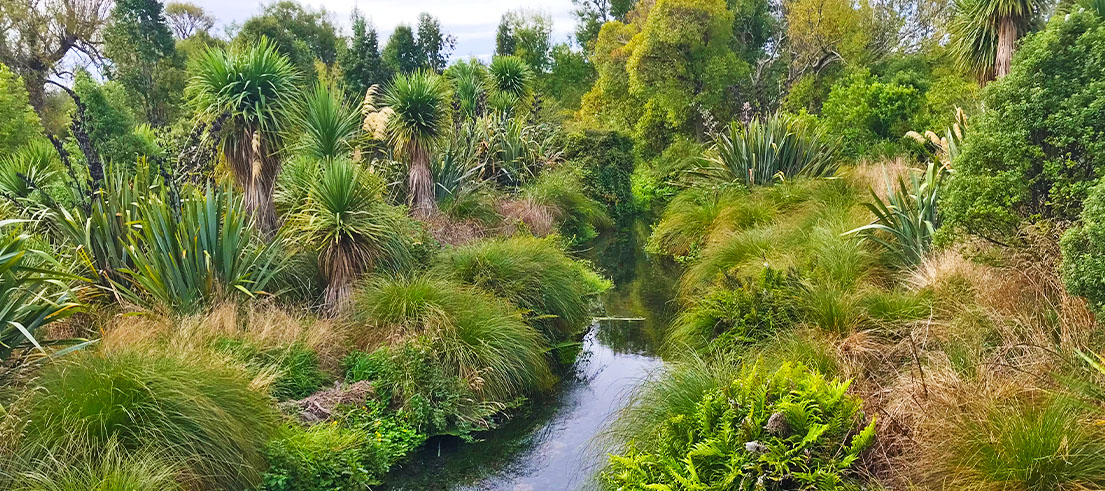
Ōtūkaikino River: the jewel of Christchurch waterways
The Christchurch West Melton Water Zone Committee visited the Ōtūkaikino River recently to learn about the cultural significance of the catchment and the work that is being done to protect it.

Catherine Ott from Isaac Conservation Trust talking to the Christchurch West Melton Water Zone Committee.
The committee heard from several speakers including Arapata Reuben (Ngāi Tahu), Greg Stanley (Environment Canterbury), Mike Patchett (Water and Wildlife Habitat Trust) and Catherine Ott (Isaac Conservation Trust).
"It's a beautiful waterway and it's great to see so many people are working hard to protect it," he said.
Cultural significance
Arapata Reuben spoke about how the river was traditionally used by Ngāi Tūāhuriri rūnanga as an important mahinga kai area.
For Ngāi Tahu it is critical to manage these resources carefully so people can gather kai (food) in the way the ancestors did, and about mana and manaakitanga - the ability to welcome and host visitors by providing bountiful produce, as a demonstration of hospitality and respect.
Best water quality in urban Christchurch
Environment Canterbury scientist Michele Stevenson explained how the river has some of the best water quality in urban Christchurch, based on results in Christchurch City Council's Christchurch Surface Water Quality Report.
"The Ōtūkaikino River is in very good shape but there are several other sites around the city that need to improve so we need to keep working with the community to address," she said.
"Excluding sediment from waterways and planting banks of streams to provide filtering properties and shade for species of fish, insects and birds is a good start.
"Improvements may be slow to see, but we know that sustained and collaborative effort can make real changes," she said.
Collaborative partnership in Ōtūkaikino catchment
Water and Wildlife Habitat Trust Chair Mike Patchett also talked to the committee about the Trust's proposal to develop a collaborative partnership with landholders and agencies in the Ōtūkaikino catchment.
The proposal builds on a previous planting and fencing programme in the area to prevent stock from entering the waterway. Within a few years, there was a riparian buffer zone of between 20 and 100 metres in some places.
You can keep up to date with the committee by checking meeting locations, times, and topics.
